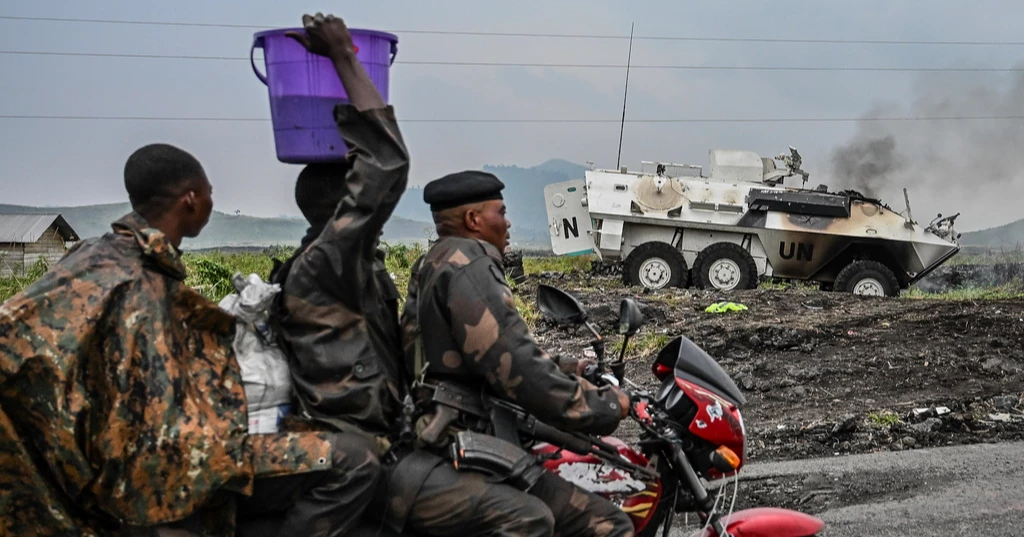Rwanda-backed M23 rebels announced Monday they had seized Goma, the last government stronghold in eastern Congo’s mineral-rich region. The capture marks a significant escalation in one of Africa’s longest-running conflicts, raising fears of worsening humanitarian conditions and a potential spillover into a broader regional crisis.
The rebel advance has forced thousands to flee their homes, adding to the over one million displaced residents already in Goma. Local hospitals are overwhelmed, treating hundreds of injured civilians caught in the crossfire daily.
Who are the rebels?
M23, one of nearly 100 armed groups in eastern Congo, traces its roots to a failed integration of ethnic Tutsis into the Congolese army. Named after a March 23, 2009, peace agreement, the group resurfaced in 2022 following a decade of dormancy after being defeated in 2012.
About 70 people killed in attack on hospital in Sudan's Darfur region, WHO chief says
Comprising primarily ethnic Tutsis, M23 claims to protect Tutsis and Congolese of Rwandan descent from discrimination. Critics argue the group’s actions serve as a front for Rwandan influence in eastern Congo.
In areas under their control, M23 has established parallel governance systems, replacing local chiefs, levying taxes, and managing natural resources.
The rebels have recently captured multiple towns, encircling Goma as part of their offensive.
Congo, the US, and UN experts accuse Rwanda of backing M23, which has grown from a few hundred fighters in 2021 to an estimated 6,500. Rwanda denies direct involvement but admits it has deployed troops in eastern Congo to protect its security. UN experts estimate there are as many as 4,000 Rwandan soldiers operating in the area.
Congo’s Foreign Minister Thérèse Kayikwamba Wagner, addressing the UN Security Council on Sunday, accused Rwanda of “direct aggression” and escalating tensions. In response, Rwanda’s UN Ambassador Ernest Rwamucyo placed blame on Congo, stating the crisis stemmed from its lack of commitment to peace.
The roots of the conflict
Eastern Congo has long been a hotspot of violence, driven by its vast reserves of valuable minerals, including copper, cobalt, lithium and gold. These resources, worth an estimated $24 trillion, have drawn local and international actors seeking control, often at the expense of the population, 60 per cent of whom live below the poverty line.
The conflict’s origins date back to the 1994 Rwandan genocide, where Hutu militias killed hundreds of thousands of Tutsis and moderate Hutus.
Death toll from Nigerian gasoline tanker explosion rises to 86
After the genocide, nearly two million Hutus, including suspected perpetrators, fled to eastern Congo, intensifying tensions with local Tutsis.
This historical animosity laid the groundwork for years of violence and provided a justification for foreign interventions, particularly by Rwanda, which has cited ongoing threats from Hutu militias in the region.
Strategic importance of Goma
Goma serves as a critical hub for trade, security and humanitarian operations in eastern Congo. Its airport is vital for transporting supplies to the region.
Since 2021, Congolese government forces, supported by Burundian troops and UN peacekeepers, have struggled to keep the rebels at bay.
The city’s fall represents a major victory for M23 and a devastating loss for the Congolese government. Its capture also raises concerns about heightened risks to civilians, with the UN warning of potential human rights abuses in the aftermath.
